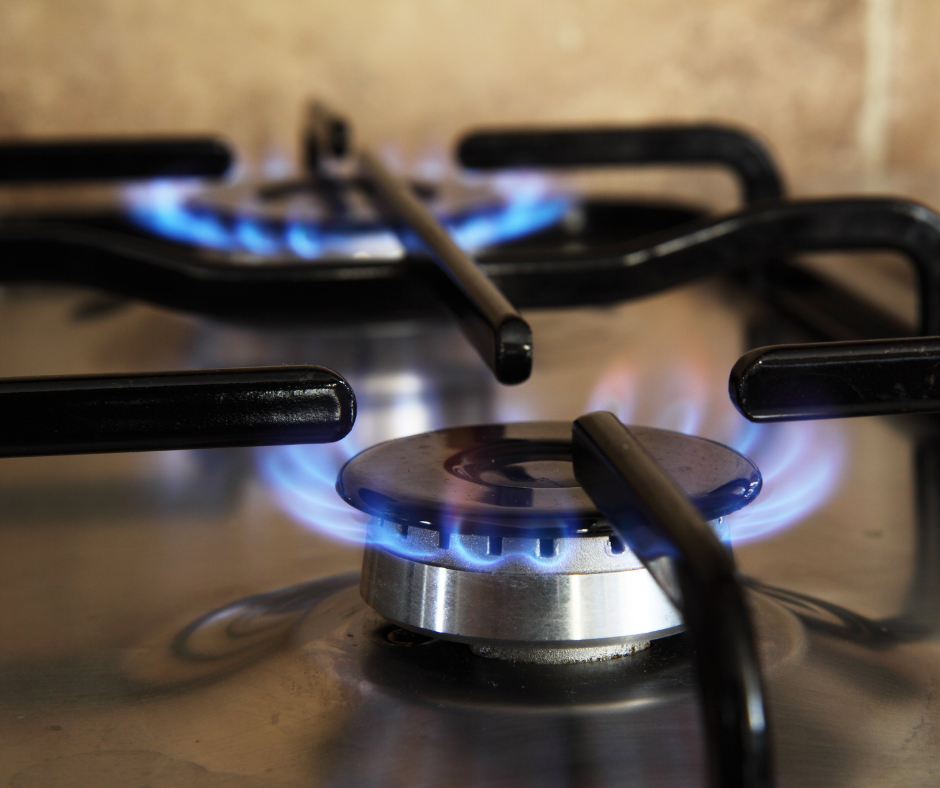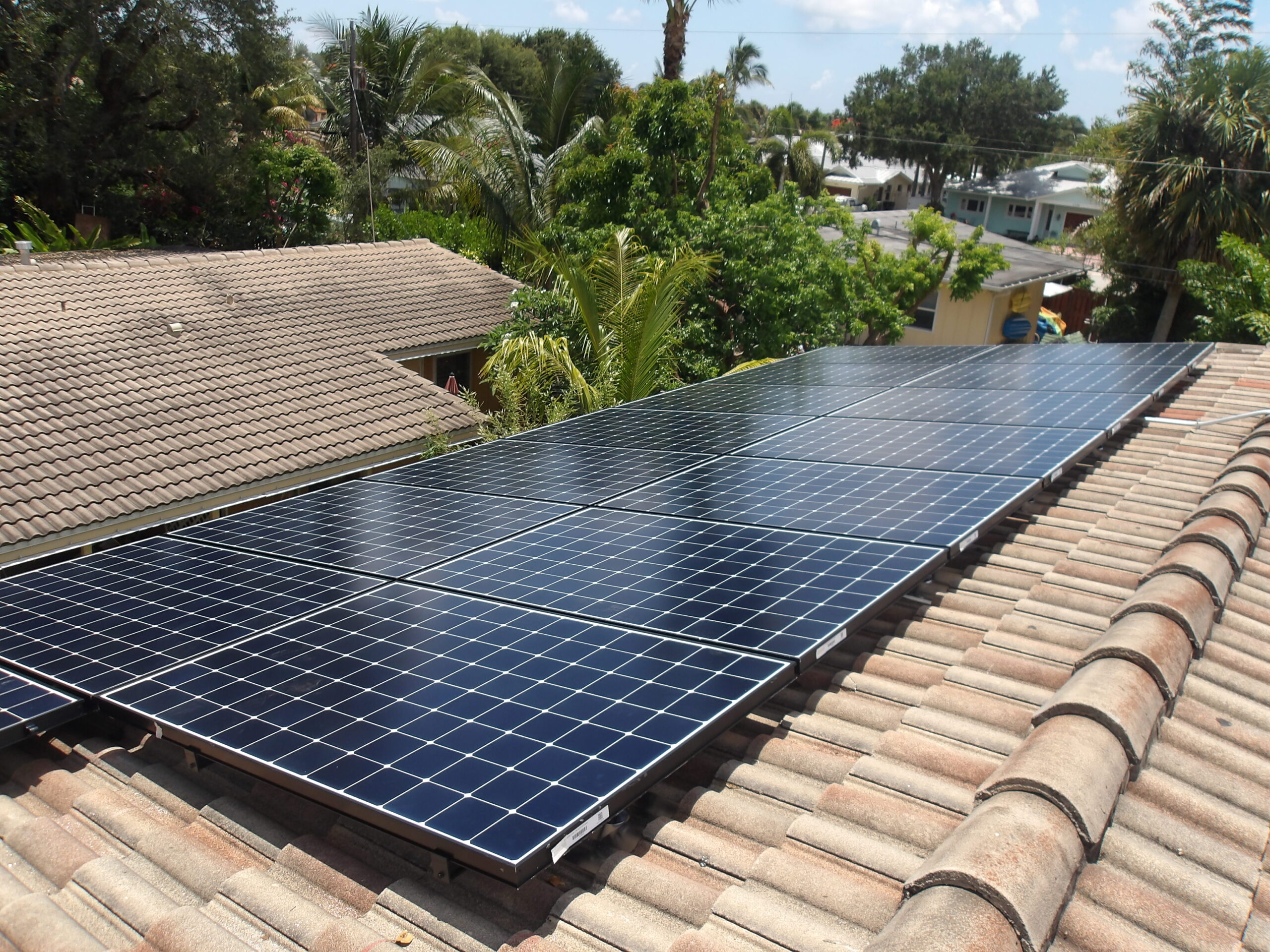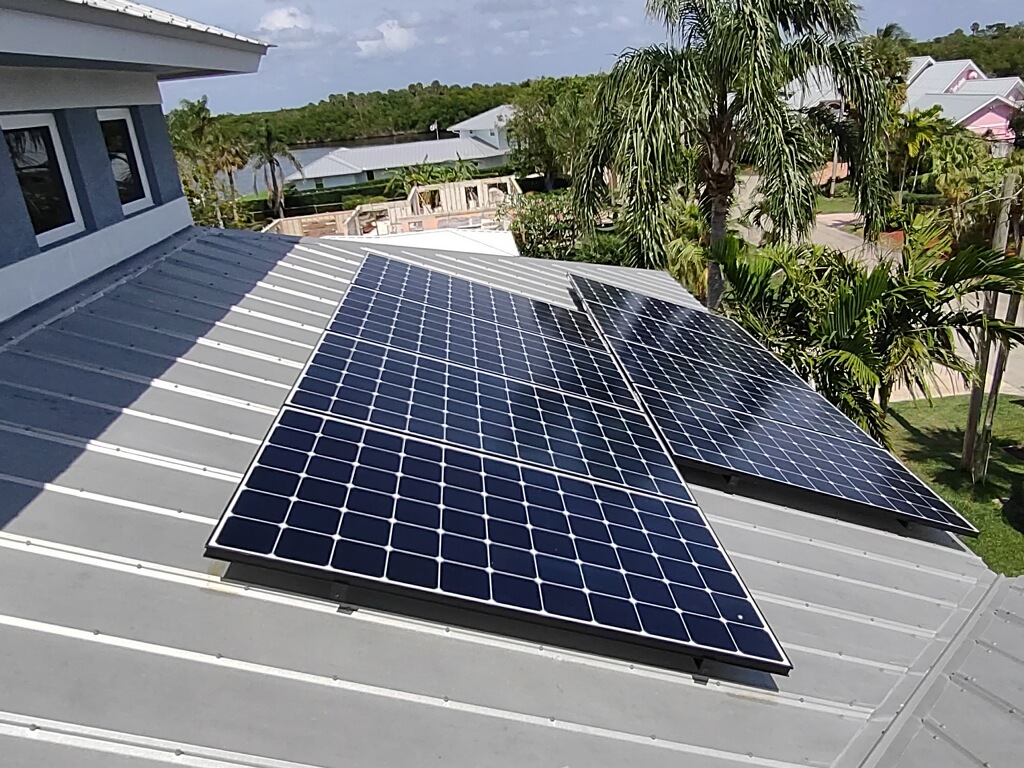Principal Research Scientist at the University of Central Florida Danny Parker wrote a 93-page report for Clean Technica exploring Florida’s solar power industry. In this report – What About Florida? Energy Efficiency, Solar Energy & Regulatory Backwardness In The Sunshine State – he takes a deep dive into the policies and problems facing solar power in the Sunshine State.
The report looks into solar energy resources, hurricanes, electricity cost, and the average energy usage of homeowners in Florida. Parker examines the obstacles faced by solar power producers and the enormous potential for generating power from the sun in one of the sunniest states in the US.
Parker also writes about utility planning, the decline of electricity demand, regulators who favor utilities, renewable energy performance standards (RPS), and what the future of energy in Florida will look like.
Key takeaways:
1 ) Florida utilities stifle home solar power and energy efficiency.
2) Home solar power and energy efficiency can save you money and protect the environment.
Solar power in Florida is facing some significant obstacles. Parker investigates the stifling of the small-scale rooftop solar industry by major utilities in Florida. He also explores how these large utilities have manipulated regulators and policymakers.
According to Parker, who has more than 30 years of experience working at the Florida Solar Energy Center, the major problem facing domestic solar power growth is the utilities, which are driven by the sole objective of making money. The more efficient the technology, the less energy is used. Parker explores this by breaking down the typical energy use in a Florida home. He then examines how some of the policies and programs in Florida are anti-efficient, thereby favoring utility companies’ profits rather than keeping electricity costs fair for consumers.
He found that proposed efficiency programs could “cut both kWh sales and revenue to the utilities.” These same plans would also go against the utilities’ justifications for building new electric-generating facilities – the very facilities that are key to utility profits. Parker writes: “Typically when built and approved, power plants are assured a rate of return on investment for the IOU [investor-owned electric utility] of about 11% whether or not the power is needed.”
Parker was not shy to call out FPL. He wrote about IOUs such as Florida Power & Light Company (FPL) – “Has FPL or the other IOUs in Florida obtained all the cost-effective energy efficiency available in the state? No, not by a long shot. (They’ve developed all the cost-effective efficiency for themselves and non-participants).”
Florida has huge potential for generating energy from rooftop solar power. In fact, it averages a whopping 2800 hours of sunlight a year. This could and should be harnessed to generate power. As shown by Parker in his report, allowing the home solar power industry’s growth would be an efficient way to generate electricity. It would also cut the electricity cost to consumers.
The fundamental blockage to this sensible development is Florida’s utility corporations, which are focused on profits, controlling the regulators, and keeping smaller domestic solar power firms from helping both consumers and the environment.
Resources and Further Reading
[2] https://www.linkedin.com/in/danny-parker-716b6517/





